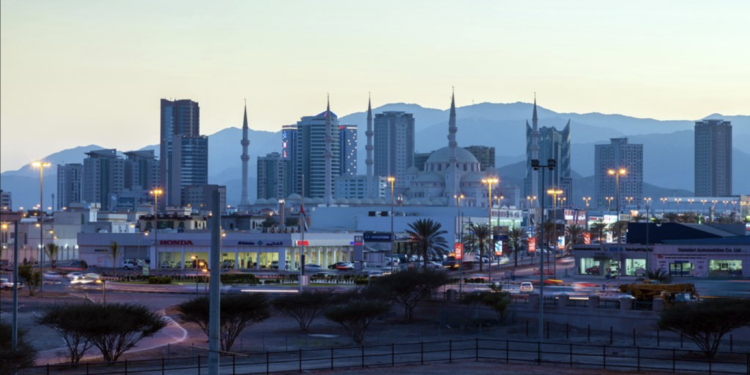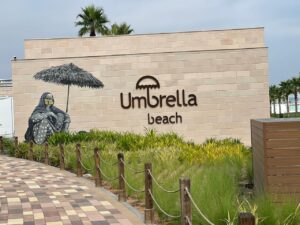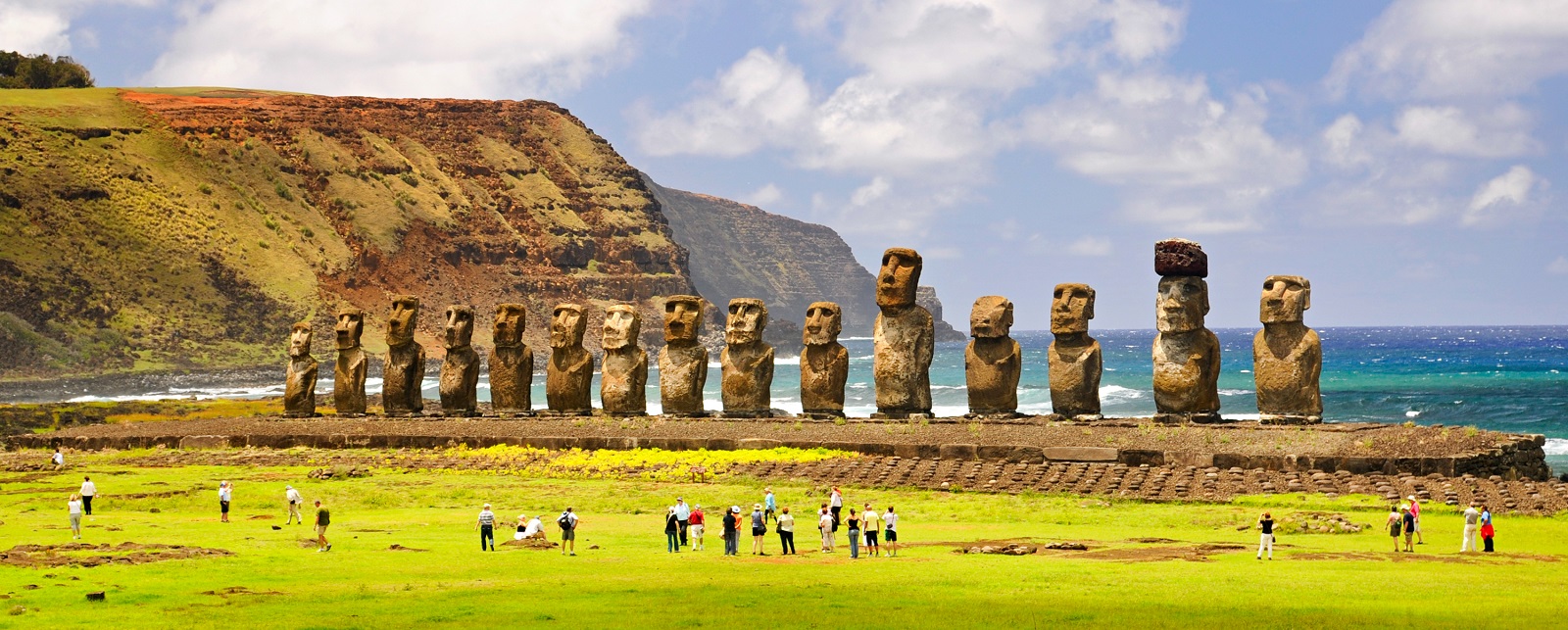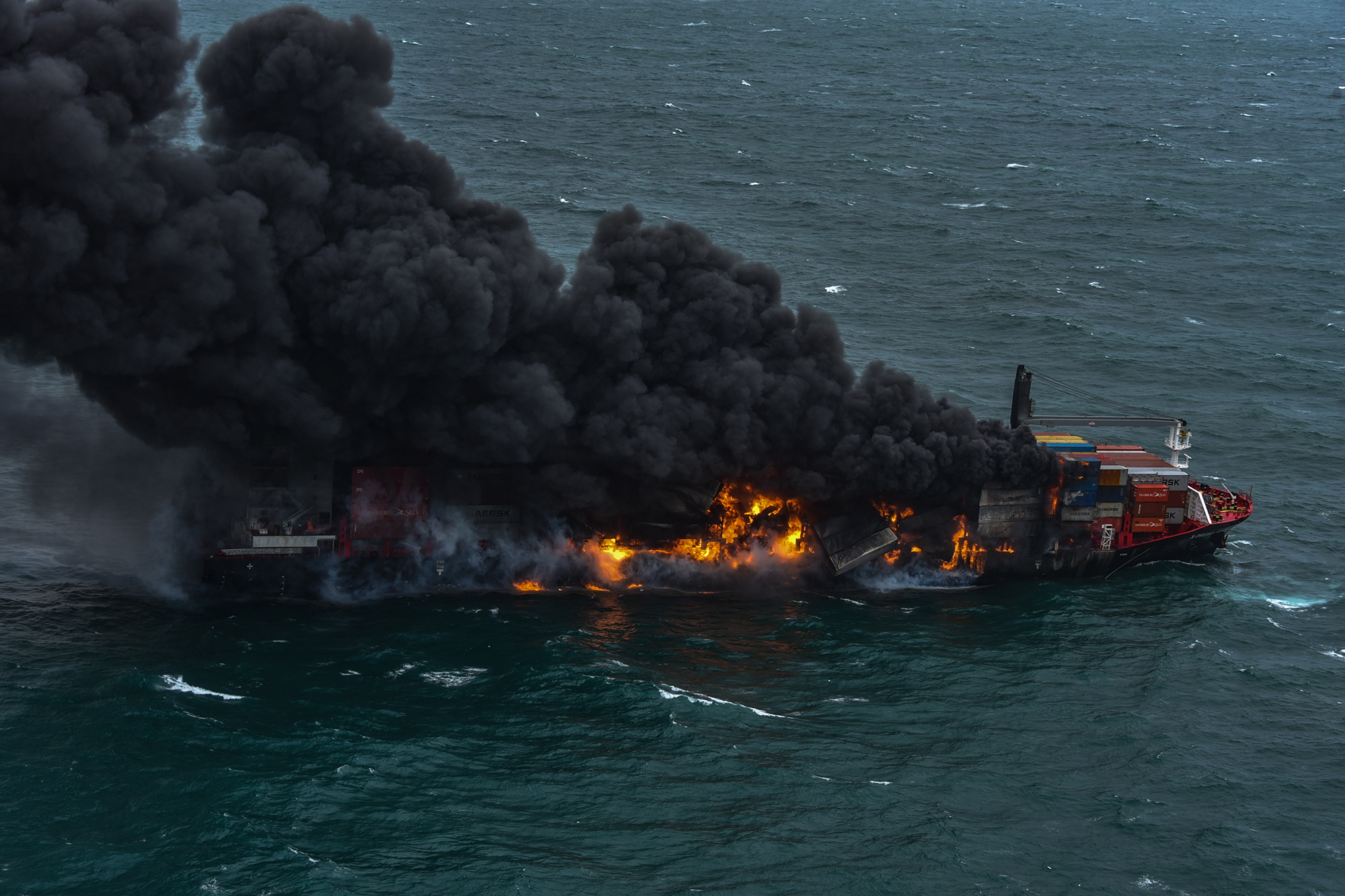FUJAIRAH: THE JEWEL OF ARABIA

Fujairah, one of the seven emirates that make up the United Arab Emirates (UAE), boasts of mesmerising landscapes of scenic beauty, with its coastal towns and villages nestled between distinguished rugged mountains; valleys; waterfalls; oases; wide sandy beaches; and hot, cold and mineral springs. Due to its easterly location, the climate of Fujairah is more moderate than that of Abu Dhabi and Dubai, and draws visitors who want to escape the stifling desert heat and relax in its peaceful atmosphere. The city of Fujairah, the seventh largest in the UAE, is the most-visited place for scuba diving, snorkelling, biking, hiking and glamping. It is a paradise of nature lovers.
The emirate of Fujairah, covering a total area of 1450 sq. km., is located completely on the eastern coast of the UAE along the Gulf of Oman, part of the Indian Ocean, for about 70 km. It shares its boundaries with the emirates of Sharjah and Ras Al Khaimah on the west and the emirate of Sharjah to the south. On the north, it shares its international border with the Sultanate of Oman. It is the UAE’ s only access to the Indian Ocean and in this strategic position just outside the Strait of Hormuz, it operates a multipurpose port with a quay stretching over 6.7 km, which started its operations in 1983, providing access to major shipping routes of the world, making it home to the world’s largest livestock shipping companies, with a large number of ships being seen on the horizon. Fujairah’s economy is based on fishing and agriculture and the land is irrigated by rainwater from the Hajar mountains at the foothills of which the city lies. Other local industries include mining and stone crushing which have benefited from the recent boom in construction in Dubai and Abu Dhabi. The northern part of the waterfront of Fujairah has many cylindrical tanks for oil storage.
Fujairah city is the main business and commercial hub for the emirate, with tall office buildings that line Hamad Bin Abdulla Road which continues eastwards through the city to the coast. This road continues westwards as the Sheikh Khalifa Bin Zayed Expressway, a dual carriageway road, linking the city of Fujairah with Dubai and other parts of the UAE, passing through the mountains just inland.
Fujairah International Airport is the main airport in the emirate, located to the south of the city. Although it presently handles mostly cargo traffic, Pakistan International Airlines (PIA) became one of the first passenger flights to land at the airport on 25th November 2021. PIA now operates two weekly flights from Peshawar and Islamabad in Pakistan.
Early history
The UAE consists of seven emirates, namely, Abu Dhabi, Ajman, Dubai, Fujairah, Ras Al Khaimah, Sharjah and Umm Al Quwain. They were historically known as the Trucial States or Trucial Sheikhdoms. This was the name given by the British government to a group of tribal confederations in southeastern Arabia whose leaders had signed protective treaties or truces with the United Kingdom between 1820 and 1892. In 1952, Fujairah became the last of the emirates to join the Trucial States which remained an informal British protectorate until the treaties were revoked on 01st December 1971, resulting in the formation of the United Arab Emirate on the following day.
The archaeological finds in the emirate of Fujairah point to a history of human occupation and trading links dating back to at least 4000 years. The emirate, dominated by the Sharqiyin tribe, sits at the mouth of an important trade route in the Hajar mountains that extend for 700 km through the UAE and the Sultanate of Oman. Known as the Shamaliyah, the east coast of what is now the UAE, was subject to the sultan of Muscat until 1850, when it was annexed by Sharjah. In 1901, Sheikh Hamad Bin Abdullah Al Sharqi, the tribal chief, declared independence from Sharjah. At this time, the emirate of Fujairah consisted of some 150 houses and 3000 date palms and its people depended mainly on pearling and date cultivation. Later, the emirate signed a treaty with Britain in 1952 to be a member of the Trucial States.
The safest city in the world
Gulf Today reported in August last year that the city of Fujairah ranked first on the list of the safest cities, according to official statistics announced by the International Numbeo website. Fujairah achieved a statistical average of more than 93%, outpouring 466 international cities around the world. This high percentage was attributed to the quality of life and the support given by His Highness Sheikh Hamad Bin Mohammed Al Sharqi, Member of the Supreme Council and Ruler of the emirate of Fujairah to make his emirate a permanent and safe place for families of all nationalities and a magnet for international investments. The present writer, who has seen female employees from different nationalities walking home alone late at night after work without facing any untoward incidents, can vouch for the truth of these findings.
According to mid-year statistics of 2019, the population of Fujairah had reached 256,256. Foreigners or visitors are not permitted to buy land and only Emirati nationals can purchase land from the government on condition that their nationality is proved. Health care is provided in a mixed public and private system. While locals are treated free of charge at the federal government hospitals, foreigners have to pay for medical treatment. The clinics, known as “medical houses”, built by the government and visited by the local populace, have turned out to be a success, as they help lighten the load on the main Fujairah Hospital by allowing walk-in appointments and providing ancillary medical services. Aside from many government schools, which cater mainly for Emirati people, there are also private schools, including St. Mary’s Catholic High School and some others. Owing to the majority of residents hailing from the Indian subcontinent, most private schools follow the syllabus, accredited by the Central Education Board of India. The University of Fujairah is located in the city and there are several other universities as well. Fujairah enjoys seasonal weather, although it is warm for most of the year. The months from October to March are generally regarded as the coolest. Fujairah is the only emirate that is almost totally mountainous. Consequently, it has a higher than average annual rainfall of the UAE. This emirate has very limited public transport, with a single bus service operating within Fujairah and a service operating to Dubai. Apart from private transport, a number of taxis are operated by the government-owned Fujairah Transport Corporation (FTC). Most taxi drivers have come from either India, Pakistan or Bangladesh and apart from English, some knowledge of spoken Hindi or Urdu would facilitate communication. This is equally true of most shopping malls, supermarkets and restaurants . There are also many eating houses and stalls run by Filipinos. A sizable number of African workers from countries like neighbouring Ethiopia are also seen on the streets.
Major tourist attractions
The over 2000 exhibits and artefacts that are on display at Fujairah Museum cover a period from 600 B. C. There is a unique ostrich egg dating back to the 3rd century B. C. and another notable exhibit is a U- shaped tomb dating back to 2000 B. C. Other antiquities include spear heads, pottery, jewellery and various costumes. In 1969, this place was just a room that showcased old coins, tools, utensils and weapons and in 1991, the ruler of Fujairah officially opened the museum which was expanded in 1998 by his order to achieve its present outlook. The museum also has a laboratory.
Fujairah Heritage Village is another tourist attraction where visitors can see traditional hand-held implements, household items, models of traditional homes, and tools used by historical people in the region. This village is surrounded by a high wall with round watchtowers. Wadi Al Wurayah Waterfalls, Ain Al Madhab Gardens and the historic Al Bidya Mosque are other places worthy of a visit.
Umbrella Beach
This is a newly developed seafront complex consisting of restaurants, coffee shops, food trucks and the like. It is a place most frequented by both the local population and foreign tourists who wish to savour a few hours of freedom and solitude. Illuminating the night sky over the Gulf of Oman, the beach was also the venue of a display of spectacular firework to usher in the New Year 2023. Rumailah Farm, a restaurant located by the beach, has established itself as a top player in the UAE dairy market. The restaurant, established in 2017, offers its customers a wide range of delectable dairy products, including milk, butter, laban, ice cream and ghee (Arabic Oil). At Rumailah Farm you may sip up your coffee with milk, served in a unique plastic cup, while you enjoy the soothing breeze blowing in from the Arabian Sea. ***
Photo Credit | Rohan Leanage






